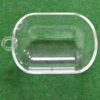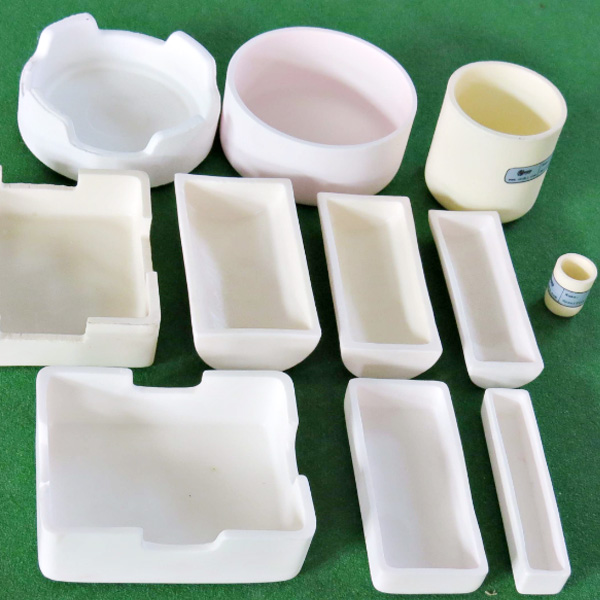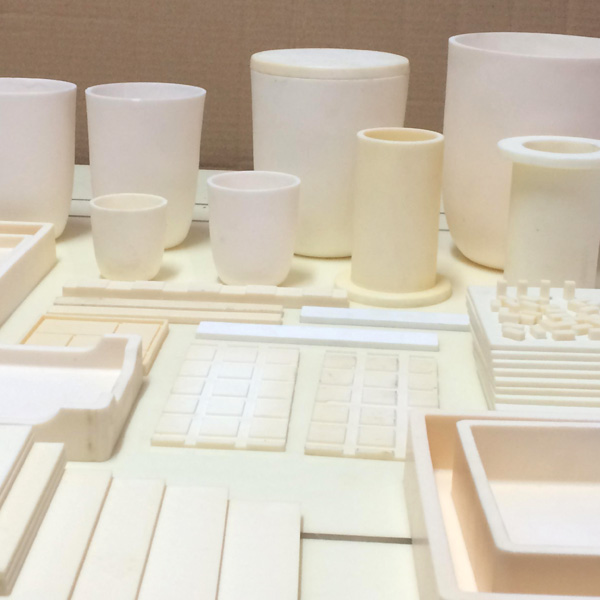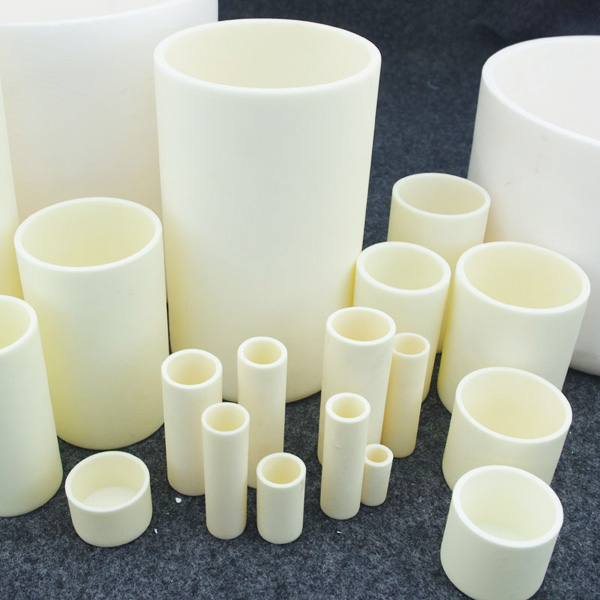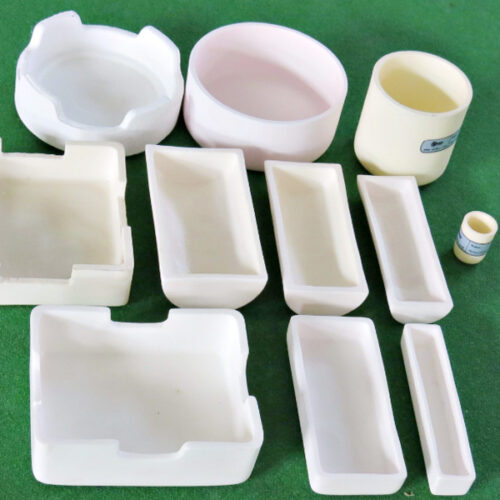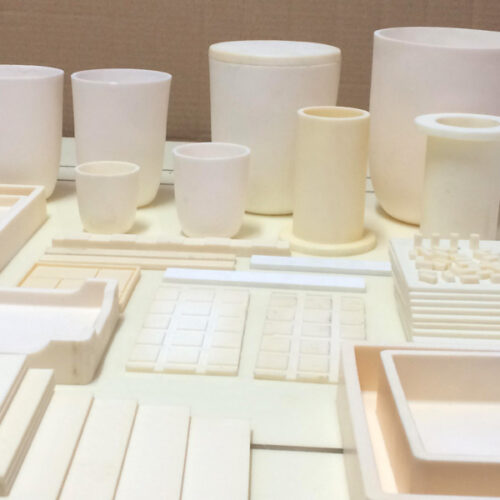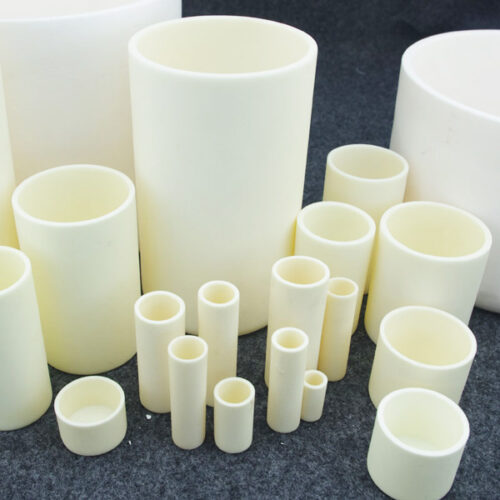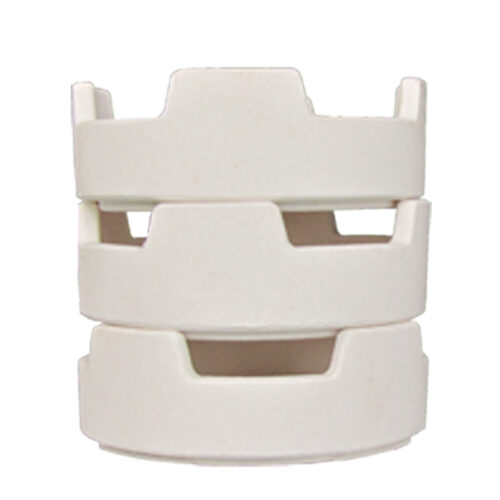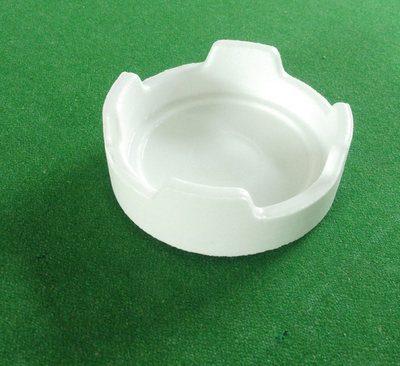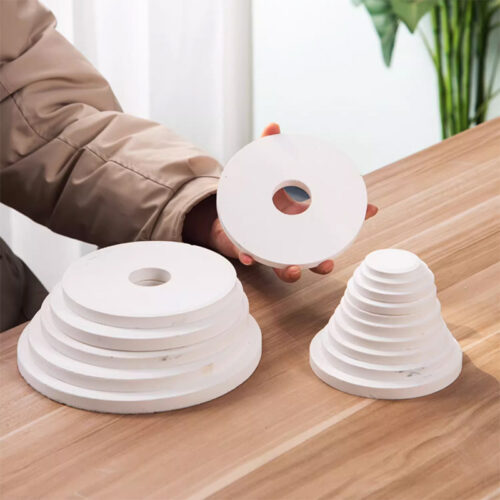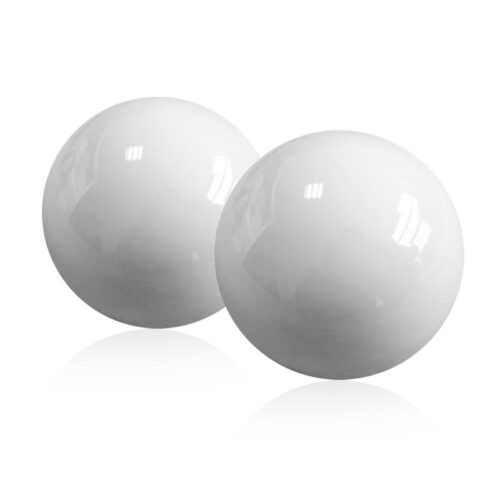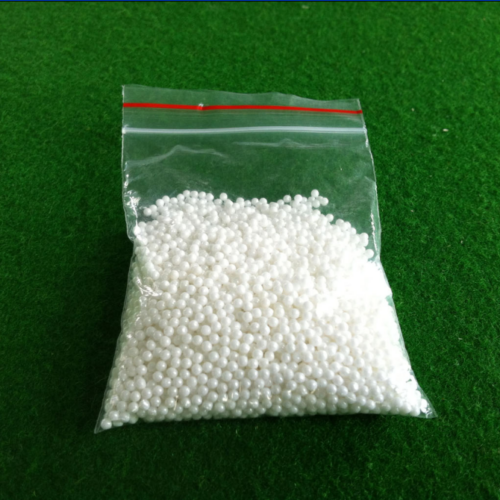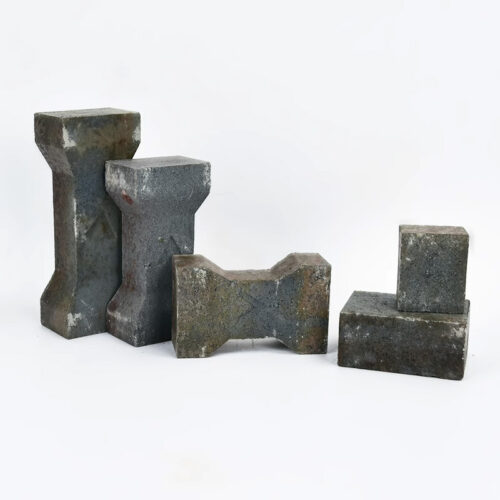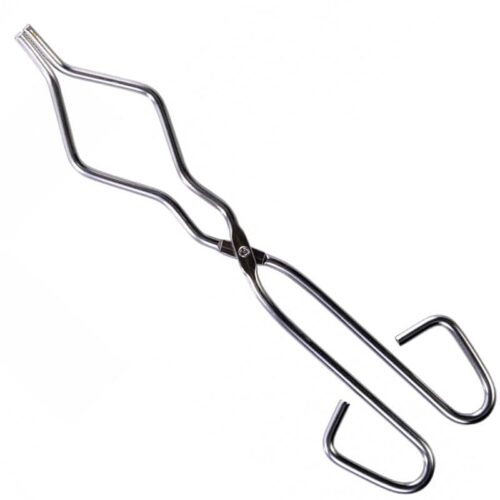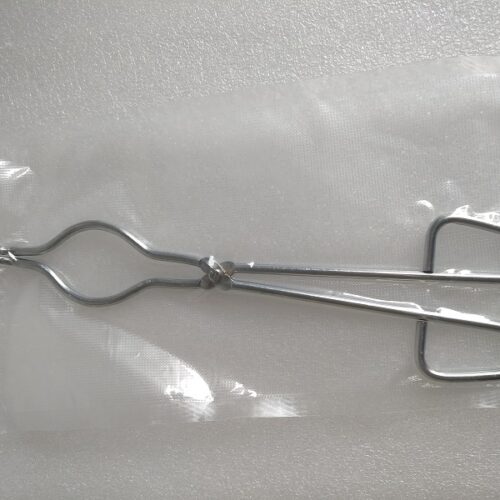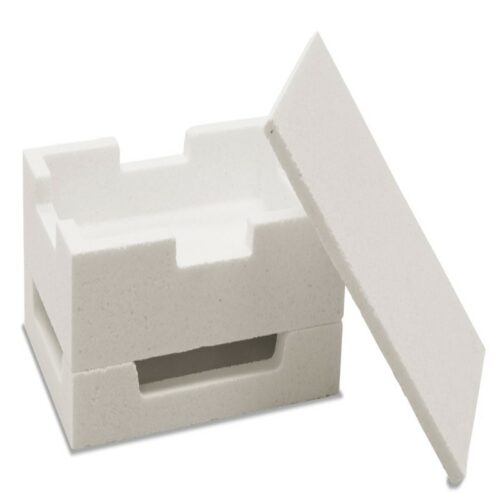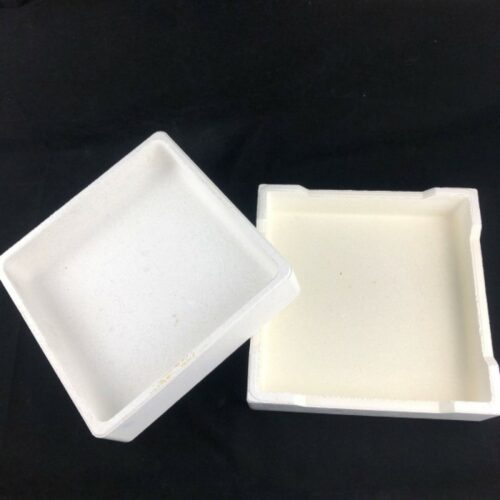High-Purity Alumina Ceramic Crucible
Introduction:
An alumina crucible is a type of crucible made primarily from alumina (aluminum oxide), often with a high level of purity.
Crucibles are vessels or containers used in laboratory settings, industrial processes, or research applications for holding or containing materials during heating to extremely high temperatures.
These crucibles are highly favored for their outstanding resistance to high temperatures, chemical corrosion, and mechanical wear. They are commonly utilized in various applications such as high-temperature melting, sintering, and chemical analyses in industries including metallurgy, ceramics, and materials science.
Manufacturing Process:
1. Making the mold for the product.
2. Making the raw body of the crucible.
3. Putting the finished raw body into the kiln for firing.
4. Sorting and storing the crucibles after they pass the inspection.
Alumina Crucible Advantages:
1. The product material is 99% alumina (Al2O3 > 99%), with high purity.
2. Adopting slip casting/pressing molding process.
3. Firing temperature is 1800°C, long-term use temperature ≤ 1600°C.
4. High temperature resistance and chemical corrosion resistance.
Classification:
- Arc-shaped Alumina Crucible
- Arc-shaped Alumina Crucible with Lids
- Round Cylindrical Corundum Crucible
- Square Alumina Ceramic Crucible Boat
- Alumina Square Crucible with Cover
- High-purity Alumina Boat
- High Purity Alumina Sample Pan for TGA and DSC
Applications:
1. High-temperature melting and sintering: commonly used for high-temperature melting and sintering processes of materials such as metals and ceramics.
2. Sample heat treatment: used for sample heat treatment, including annealing, calcination, and thermal analysis processes.
3. Chemical experiments: employed in experimental processes such as thermogravimetric analysis, elemental analysis, and sample incineration.
4. Ceramic production: utilized in the firing of ceramic samples.
5. Molten metal analysis: employed for melting samples for chemical analysis.
Related Equipment:
Alumina Crucible Usage Precautions:
1. Before the first use, preheat the crucible in an oven at around 105°C for 120 minutes to remove moisture.
2. Do not directly heat the crucible with gasoline blowtorch, acetylene torch, or alcohol burner to avoid uneven heating and cracking of the product.
3. The heating or cooling rate should not be too fast. The temperature change below 1200°C should be <5°C/minute, and above 1200°C should be ≤4°C/minute. When cooling, it is recommended to control the temperature by powering off gradually. Cooling too fast during the initial cooling phase after turning off the power may cause the product to crack.
4. The distance between the product and the heating element (such as carbon tube, silicon molybdenum rod, or heating wire, etc.) should be >2cm.
5. The bottom of large crucibles should preferably not directly contact the bottom of the furnace. It is recommended to use alumina foot pads or other heat-resistant materials to lift the crucible, forming air convection to prolong the service life of the product.

